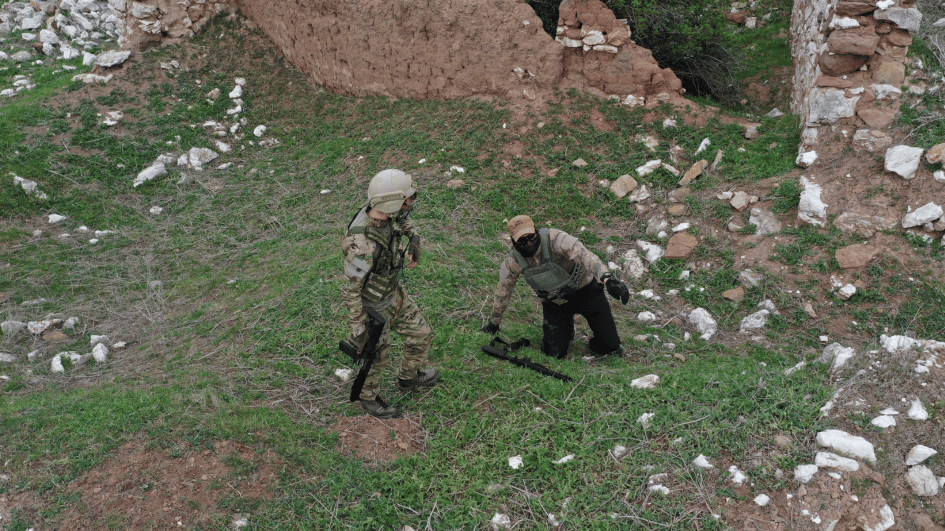Turkey’s college graduates lagging behind Japanese dropouts
Esra Ülkar/Gamze Kolcu – ISTANBUL
 Turkey’s college graduates lag behind even Japanese high school dropouts, according to Turkish Education Association’s (TED) think tank TEDMEM’s “2016 Education Evaluation Report.”
Turkey’s college graduates lag behind even Japanese high school dropouts, according to Turkish Education Association’s (TED) think tank TEDMEM’s “2016 Education Evaluation Report.” The level of education of a university graduate in Turkey is lower than a high school dropout in Japan, the findings of the report showed.
According to the report, the average verbal ability score of university graduate adults is lower than the average of the adult high school dropout in Japan. In addition, 44 percent of people receiving education in vocational high schools do not continue their education.
The report added that there were a total of 1,326,778 Syrian children aged 18 or below, noting that they should receive their education from Syrian teachers and academics.
Moreover, the report recommended that the share of education be increased to a level in which it can compete with OECD countries.
The report suggested that it would be very difficult to fill all positions for grade-five English teachers after the curriculum was changed to make the year language-intensive.
The level of competence in the basic skills of the young and adult population is mediocre or below mediocre, it said.
According to the report, schools should provide additional vocational courses to prevent a flow to basic high schools.
Furthermore, only 72 percent of youth aged between 15 and 19 are enrolled in education, the report said.
The percentage of those who are outside of the schooling system or workforce is 29 percent – double the average of OECD countries.
Some 900,000 children aged between 6 and 18 are engaged in economic activities, 44 percent of whom are seasonal agriculture workers. Students who graduate from schools as part of vocational and technical education don’t continue their education after middle school.
Additionally, the school system is 45,000 instructors short and requires nearly 20,000 instructors with doctorates.
The report also includes statistics regarding preschool education which are also below the expected level. The participation of children aged 3 to pre-school education is 8 percent, which is well below the OECD average of 69 percent. The percentage is 32 percent for children aged 4 and 71 percent for children aged 5. The ratio in OECD countries is 86 percent for 4-year-olds and 95 percent for 5-year-olds.
















